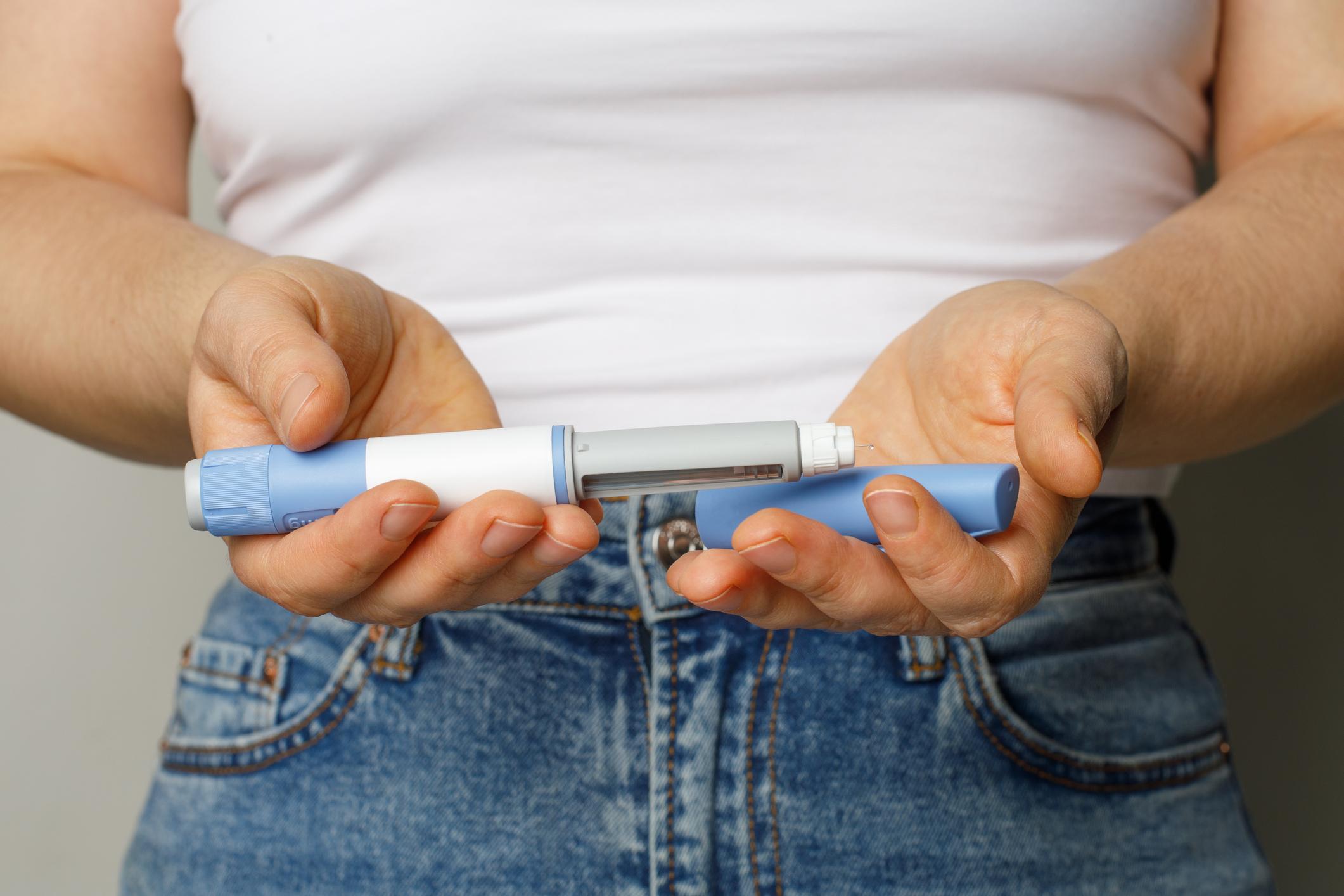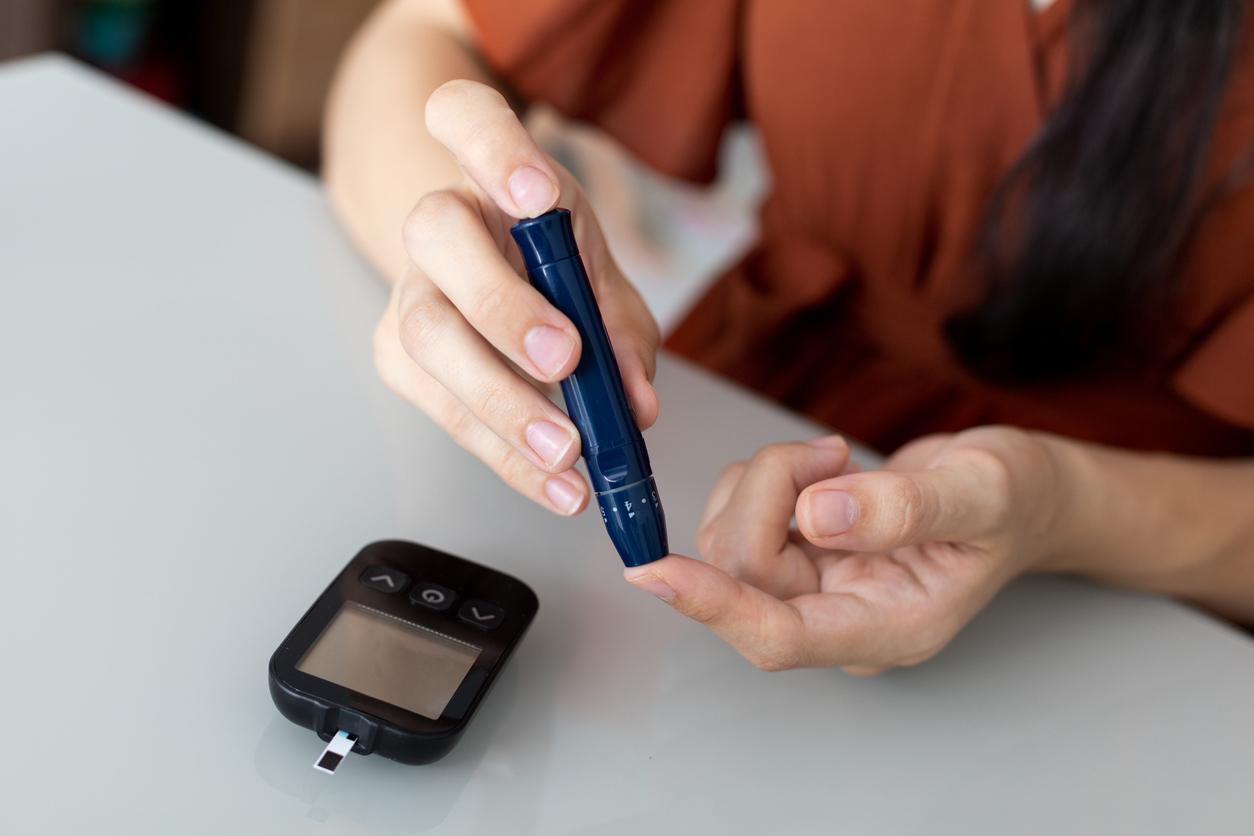A simple patch could change the lives of people with diabetes. A patch tested on mice detected an increase in blood sugar levels and remedied it by injecting a personalized dose of insulin. A technology that could simplify daily life and sometimes save the lives of patients affected by this pathology.
Researchers at North Carolina State University (USA) applied transdermal patches with micro-needles the size of an eyelash to type 1 diabetic mice.
“These micro-needles are equipped with microscopic reservoirs containing enzymes sensitive to glucose as well as insulin, which is released if the levels of sugar detected in the blood are too high” explain the researchers. For nine hours, this patch was effective in lowering rodent blood sugar levels.
“We have designed a patch for diabetics that works quickly, is simple to use, and is made from non-toxic and biocompatible materials,” said Zhen Gu, professor in the biomedical engineering department at State University. from North Carolina (United States), the main author of this work.
Precise and personalized insulin dosing
The dosage of insulin must be precise according to the needs of each one. Indeed, an inappropriate injection can lead to serious complications such as blindness, amputations, diabetic comas or even death.
“This system can be customized to take into account the patient’s weight and insulin sensitivity,” explains Zhen Gu. If this patch has been effective in the laboratory, researchers must conduct new tests and carry out clinical trials for this patch to be marketed to the growing number of diabetics (387 million people) around the world. This disease affects more people worldwide, and is expected to reach 592 million by 2035 due to the increase in the overweight or obese population.
Diabetes in France
Type 1 diabetes is caused by a lack of insulin secretion by the pancreas. It affects about 10% of diabetics and mainly affects young people.
Type 2 diabetes is caused by the improper use of insulin by the body’s cells. It is much more common and represents 90% of diabetes. In France, it affects around 3 million people, or 4.7% of the population.
Read also:
Infographic: what’s the difference between type 1 and type 2 diabetes?
Diabetes and travel: precautions to take
Diabetes: how do you screen it?















